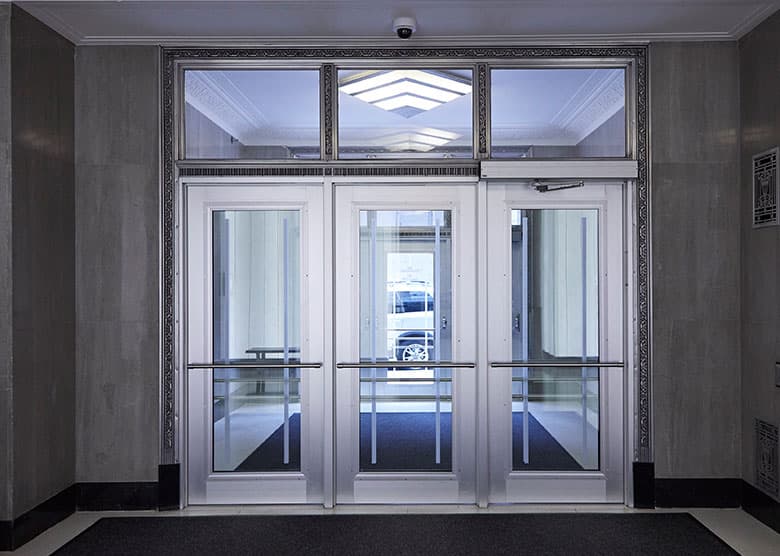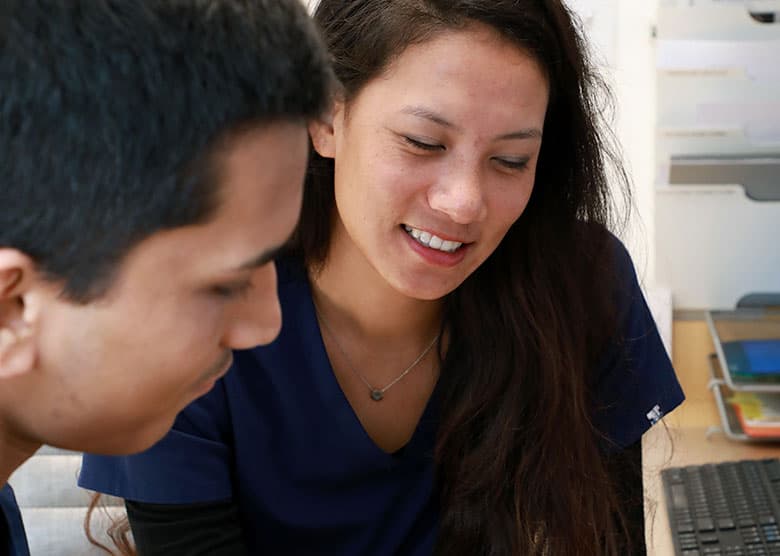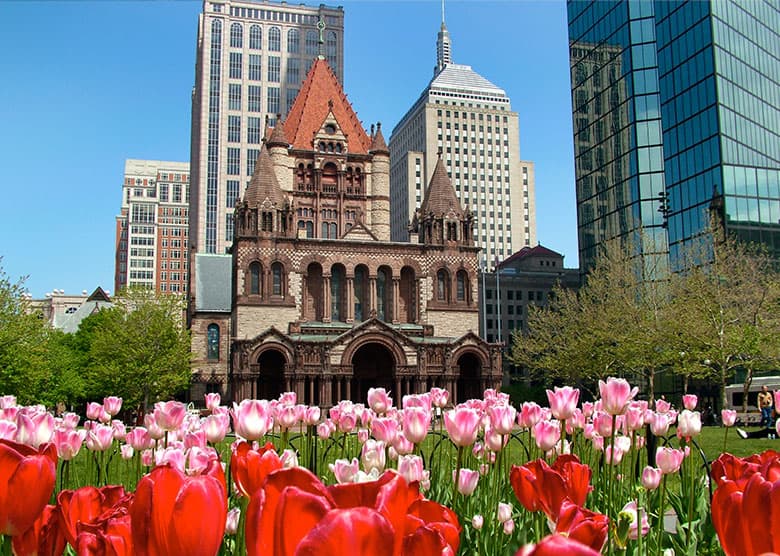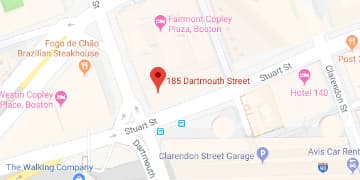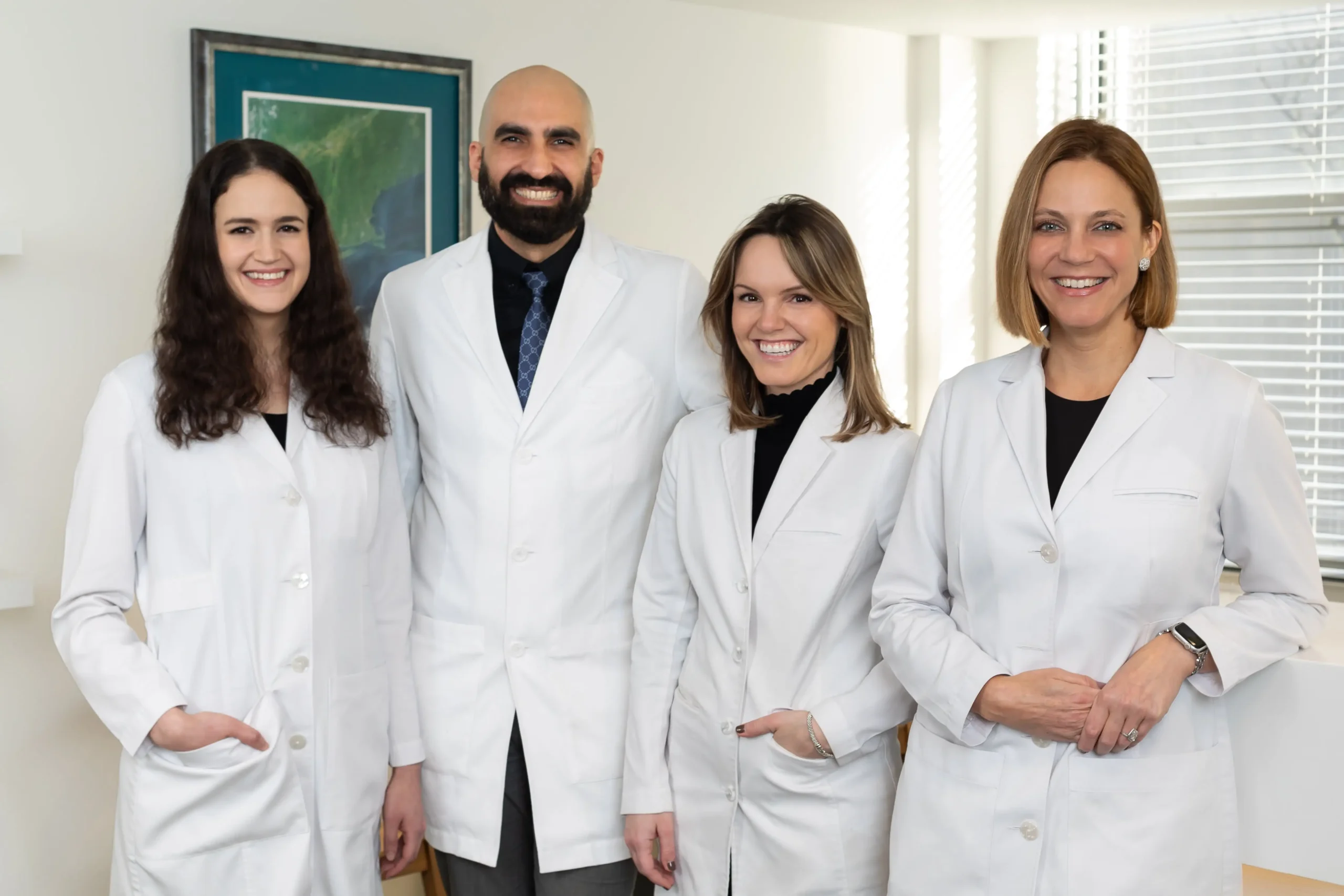Treating Your Rosacea with the Help of a Pulsed Dye Laser

Rosacea is a common skin condition that appears in the form of facial redness, flushing and pimple type bumps. Rosacea can occur in men and women and it often starts in adulthood.
While it isn’t a danger to a person’s health, rosacea can deal quite a heavy blow to a person’s confidence when the symptoms make their presence known. However, thanks to modern dermatology, rosacea symptoms may be treated with the help of a pulsed dye laser. Pulsed dye lasers are a very effective laser-treatment option for rosacea. One popular brand of pulsed dye laser is known as the VBeam laser.
Pulsed Dye Laser Treatments
While the usage of a pulsed dye laser won’t cure rosacea, it will take care of the symptoms by improving the skin redness. It operates by targeting the blood vessels responsible for redness. A pulsed dye laser can treat many red skin issues including: rosacea, broken blood vessels, telangiectasias, flushing, red acne scars and other scars.
How Many Pulsed Dye Laser Treatment Sessions Are Required?
Most patients do two to three laser sessions (each session takes 5 – 15 minutes depending on the area treated) to achieve optimal results. At least four-week intervals are recommended between each session, which results in the full results of the procedure being visible after a couple of months.
Treatments are required to be spaced apart because the skin takes time to heal between treatments. Most patients will look red and possibly swollen for a few days after each treatment. Unlike old pulsed dye lasers that left patients with dark bruises after each treatment, newer pulsed dye lasers just leave patients with slight redness after most treatments.
Different patients require different approaches. For most patients, the pulsed dye laser approach will suffice, while others might require medicine in conjunction with the pulsed dye laser treatment. The pulsed dye laser works best to treat the redness of rosacea while prescription creams such as metronidazole cream (MetroCream) and azeleic acid (Finacea) are used to treat the pimples associated with rosacea. For some patients with rosacea pills such as doxycycline or isotretinoin are used to treat the pimples of rosacea. Those patients using medical therapies for rosacea such as prescription creams or pills may also undergo pulsed dye laser treatment.
Will a Home Laser Suffice?
There are many home lasers advertised to be miracle cures. However, these home lasers don’t work nearly as well as a pulsed dye laser. There’s also a considerable risk of misuse when it comes to home lasers, so it’s always better to visit a skilled medical professional for treatment.
Choosing a Dermatologist
While there isn’t any cure for rosacea, that doesn’t mean that you should suffer the symptoms. If rosacea symptoms are affecting your confidence and ability to live your life, you should consult with a qualified dermatologist.
When choosing a dermatologist for your pulsed dye laser treatments, make sure that they have many years of experience – the more experienced they are, the more likely it will be that they achieve quality results. Your dermatologist should make you feel comfortable and should answer all of your questions and speak to you about the treatment in greater detail.
Schedule a Consultation
All of our providers are skilled at treating patients for rosacea and can prescribe creams and pills if needed. If you are specifically looking for treatment with the pulsed dye laser, Dr. Emmy Graber, has over ten years experience using this laser on rosacea patients. To schedule a pulsed dye laser treatment consultation with Dr. Graber, contact our office today and arrange an appointment for an informative consultation.
